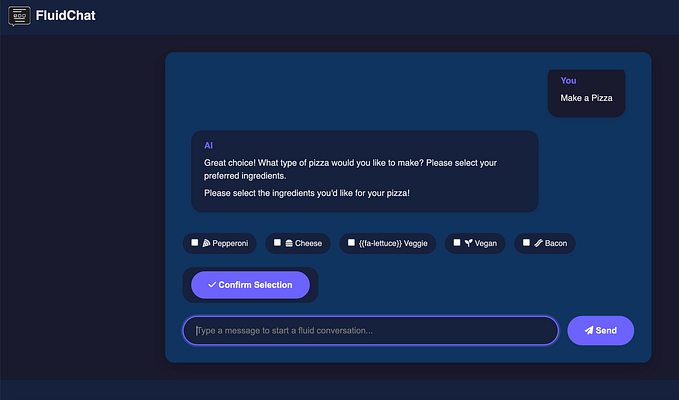Member-only story
The process to design a conversational interface
Follow these 6 steps to craft the perfect conversational interface

Read the article in Spanish: Proceso de diseño para interfaces conversacionales en 6 pasos
Designing an interface based on words is normally a brain teaser for those that have never dealt with the problem before. That’s why I bring you the exact process I follow when I design a conversational interface and my favorite tools for the different tasks.
In previous articles, I have shared the tasks and roles for designing conversational interfaces and how to work with the different types of tools for designing conversational interfaces. In this article now I give a step-by-step process overview on how to deal with these interfaces from the first meetings to the final release.
Like in any other project, designing a voice or any other conversational interface is not linear but an iterative process. However, we can still find different steps during development that help me structure the work.
Step 1. Product design

Before we go, I’m using use the term “product” meaning both full products and specific features that are part of a bigger development. From my perspective, a product is any piece of development that people use to solve a clear necessity from end to end.
In this first stage of product development we need to define the project scope and the use cases the product will deal with. This is normally a shared effort between the dev team, design, and business. The outcome at this point is a high-level definition of what the product is going to be.
For this to be a successful overview, each stakeholder will need to dive deep into its field, making clear for the rest of the team user expectations, technology feasibility, available resources, and business model. Not an exhaustive list, but here you have some tasks each team should work on:
- Design: With UX research tools, the team helps understand the user's necessities and expectations. For instance, if we…









